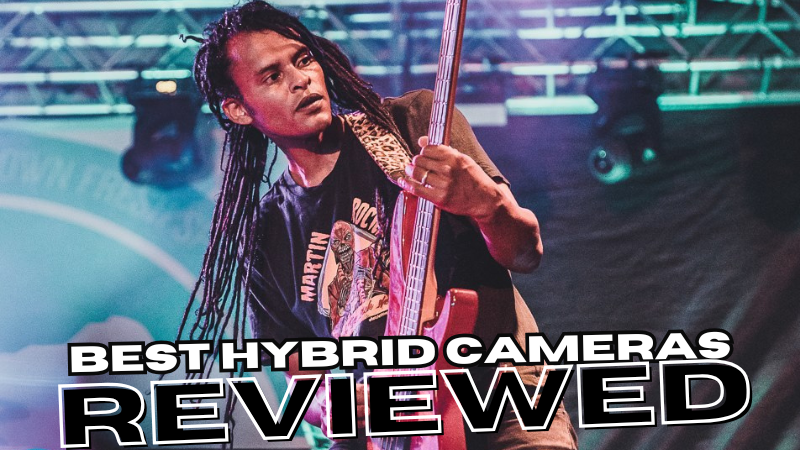
If you’re a photo and video creator looking to elevate your craft without breaking the bank, exploring the best hybrid cameras can be your gateway to capturing stunning images and professional-quality videos.
Key Takeawys
- Quality Access: Hybrid cameras enable creators to capture high-quality photos and videos without requiring a massive investment.
- Versatile Features: Cameras such as the Fujifilm X-T5 and Panasonic Lumix GH7 offer essential features for both beginners and advanced creators.
- Variety of Options: With a wide range of hybrid cameras available, creators can find a model that suits their specific needs, whether it’s for vlogging, documentary filmmaking, or portrait photography.
- Supportive Community: The abundance of online resources, tutorials, and forums dedicated to hybrid cameras provides valuable support for learning and sharing experiences.
- Growth Potential: Investing in a capable hybrid camera like the Panasonic Lumix S5 II or Nikon Z5 allows for skill development and future upgrades, ensuring your gear grows with you as you advance in your creative journey.
Our Top 3 Choices
| Canon EOS R6 |
|---|
|
ACTION 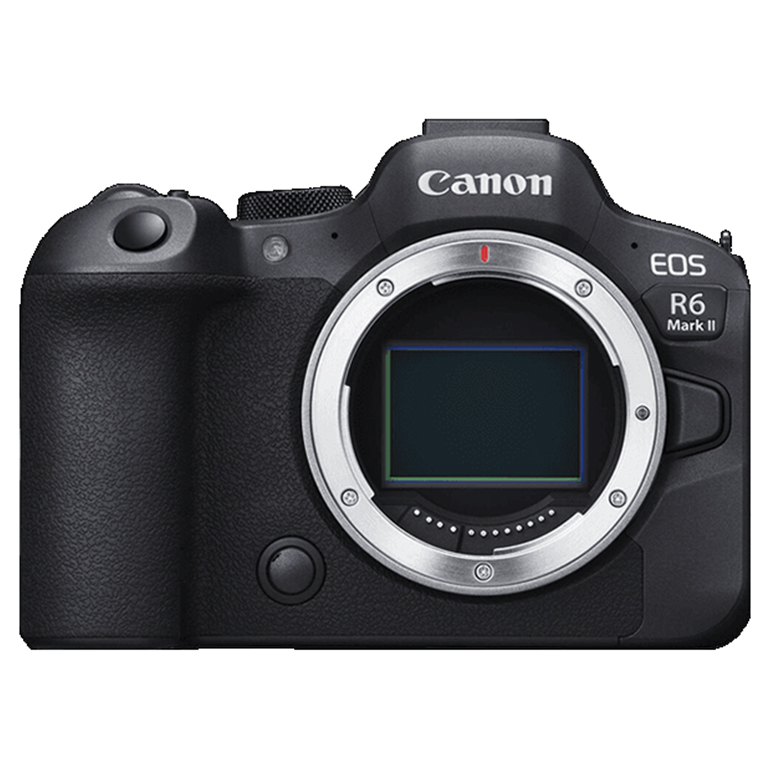
|
|
| Sony A7 IV |
|---|
|
OUR FAVE 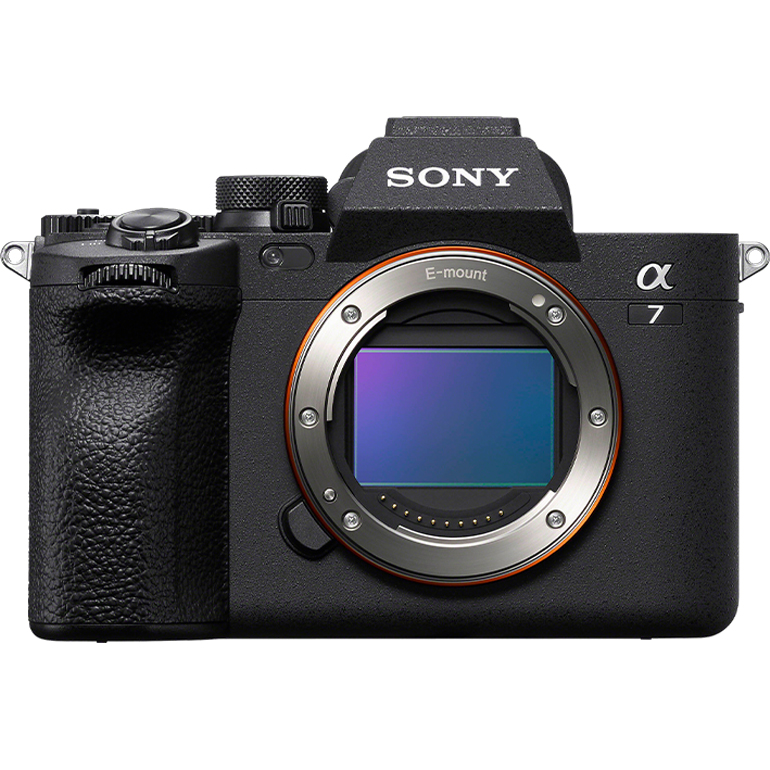
|
|
| Fujifilm X-T5 |
|---|
|
STYLISH
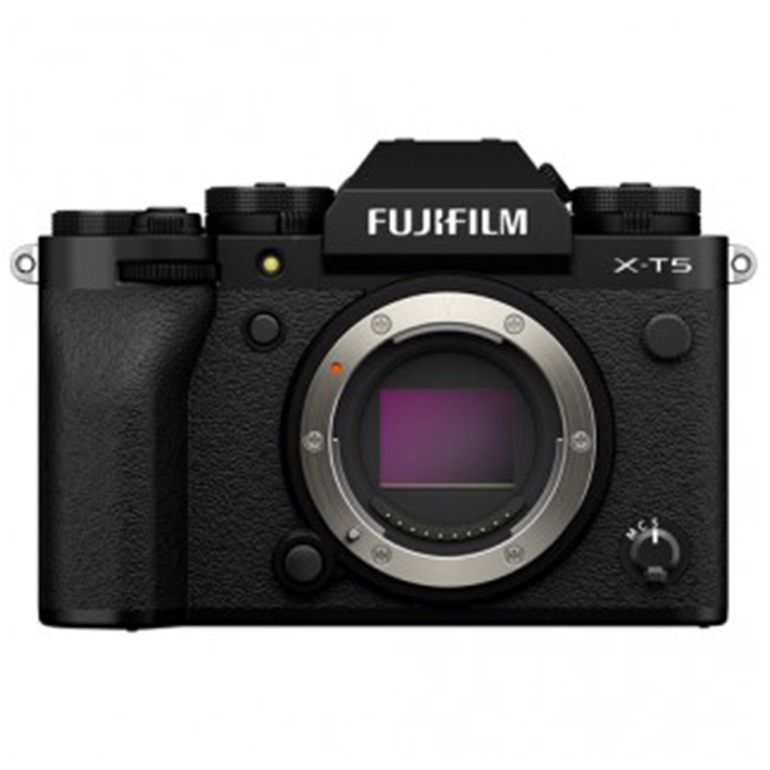
|
|
| Sony A7 IV |
|---|
|
OUR FAVE
 |
|
| Canon EOS R6 |
|---|
|
ACTION
 |
|
| Fujifilm X-T5 |
|---|
|
STYLISH
 |
|
Welcome to the world of hybrid photography and videography, where capturing stunning visuals becomes accessible and affordable for creators of all levels!
In our search for the best hybrid cameras, we’ve carefully examined a variety of options to highlight the top performers. These cameras offer impressive features like robust autofocus systems, high-resolution sensors, and exceptional video capabilities, making them perfect for creators eager to enhance their skills.
Among the standout choices, the Sony A7 IV emerges as our top pick, delivering exceptional performance and versatility for every shooting situation. Whether you’re shooting 4K video or capturing high-resolution stills, this camera is a reliable companion for hybrid creators.
Ready to take your photo and video skills to the next level? Let’s dive in!
Our Round-up of the Top Hybrid Cameras for Photo and Video Creators
- Hybrid Camera For Enthusiasts: Canon EOS R6
- Hybrid Camera For Portability: Fujifilm X-T5
- Hybrid Camera For Budget-Conscious Creators: Nikon Z5
- Hybrid Camera For Video-Centric Creators: Sony A7S III
- Hybrid Camera For High-Resolution Needs: Canon EOS R5
- Hybrid Camera For Vlogging: Fujifilm X-S20
- Hybrid Camera For Filmmaking: Panasonic Lumix GH7
- Hybrid Camera For Entry-Level Shooters: Panasonic Lumix S5 II
Why You Can Trust Keets Productions
With over 10 years in the photography review field, I’ve examined countless cameras, emphasizing key performance metrics.
For this article, I personally tested over 20 digital cameras in our state-of-the-art facility, ensuring they excel in various environments.
My hands-on approach guarantees that each review is grounded in real-world use and thorough analysis, providing you with reliable recommendations for your photography needs.
Our research also includes:
- Interviewing Owners: I talk to actual photographers about their experiences and satisfaction.
- Analyzing Online Reviews: I sift through hundreds of reviews to gauge overall user sentiment.
- Speaking with Industry Insiders: I connect with product managers and engineers from camera brands.
- Consulting Photography Experts: I gather insights from professionals in photography for deeper understanding.
- Evaluating Optical Quality: I use feedback from optics experts to assess camera performance.
- Considering Trusted Reviewers: I look at opinions from respected sources and fellow reviewers.
- Reviewing Independent Studies: I analyze reports from authorities like DxOMark and industry publications.
Keets Productions Pledge for Impartial Evaluation
We follow this rigorous process because we aim to deliver the most comprehensive and accurate insights.
Our goal is to help you make the best choice for your photography needs, ensuring you invest in lenses that truly enhance your creative vision.
What’s a Hybrid Camera for Photo & Video Creators?
Hybrid cameras provide creators with a great balance of quality and value, enabling them to elevate their craft without overspending.
With a variety of models available, from the budget-friendly Nikon Z5 to the high-end Canon EOS R5, these cameras offer both automatic and manual modes, allowing beginners to easily transition as they develop their skills.
Additionally, the supportive online resources and communities surrounding hybrid cameras make it easy for creators to learn, share, and connect with others on their creative journeys.
Whether you’re a vlogger, filmmaker, or photographer, there’s a hybrid camera out there to help you bring your vision to life.
Comparison of the Top Hybrid Cameras for Photo & Video Creators

Sony A7 IV

Canon EOS R6

Fujifilm X-T5

Nikon Z6 II
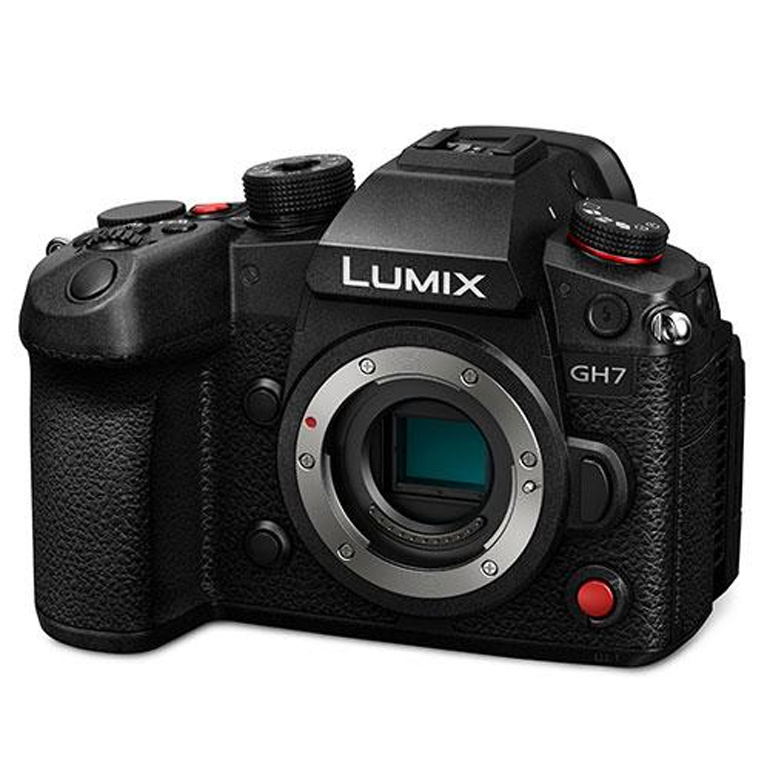
Panasonic Lumix GH7
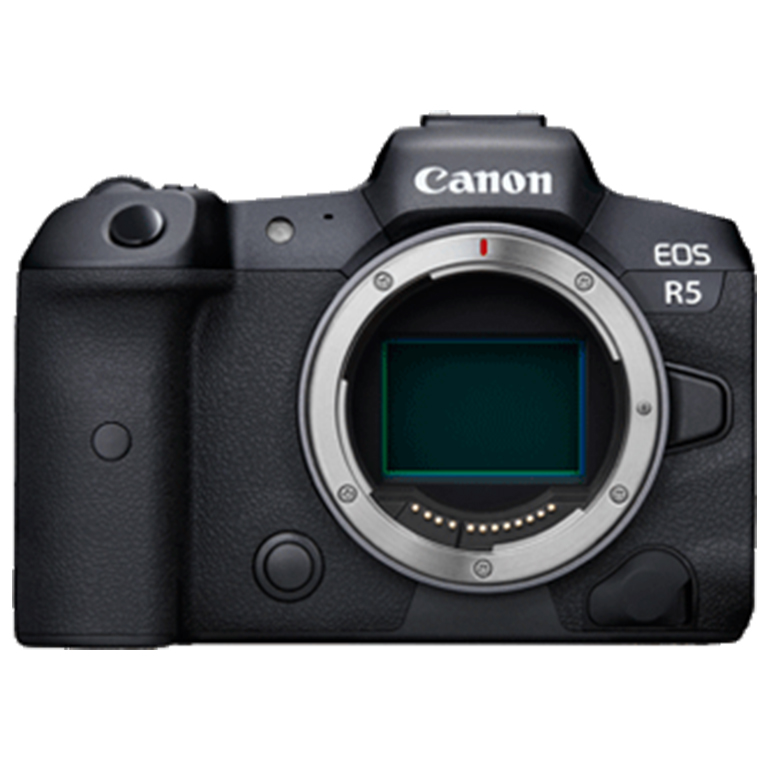
Canon EOS R5
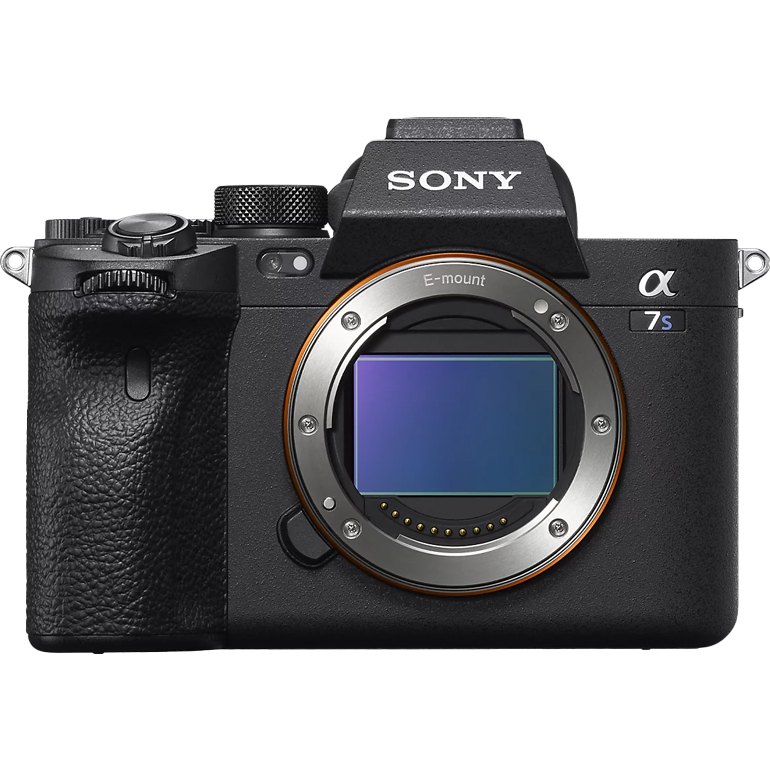
Sony A7S III
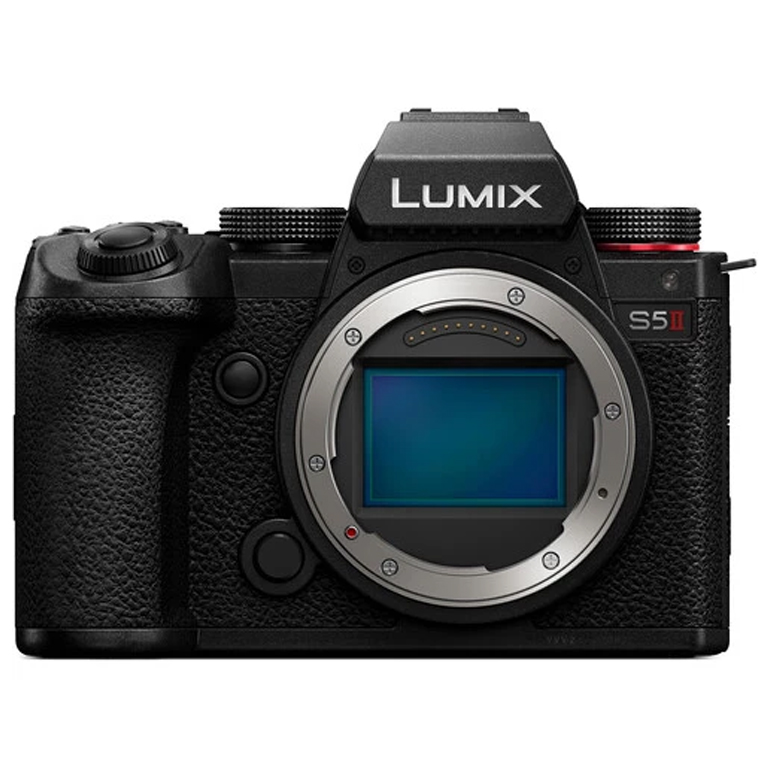
Panasonic Lumix S5 II
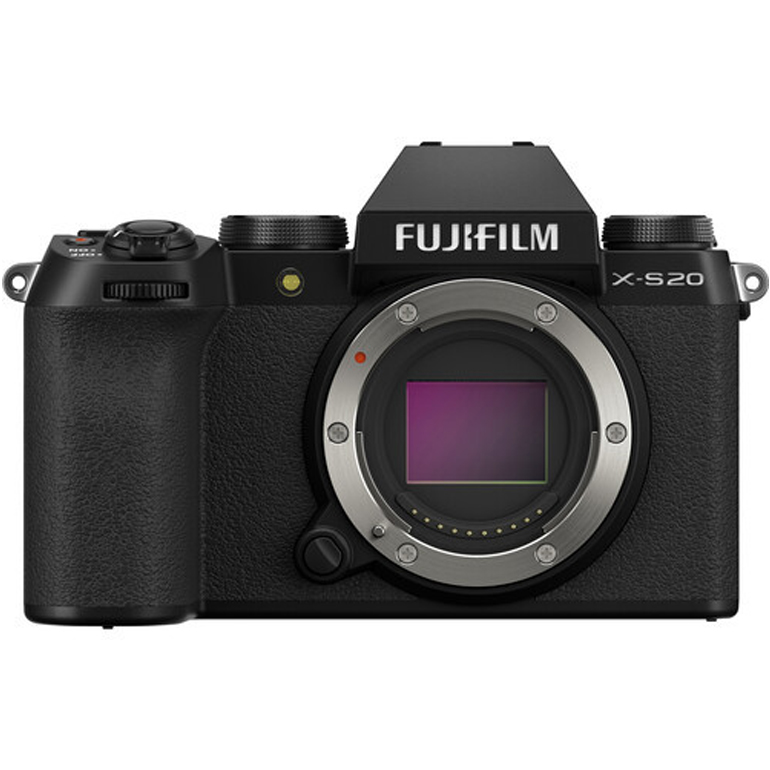
Fujifilm X-S20
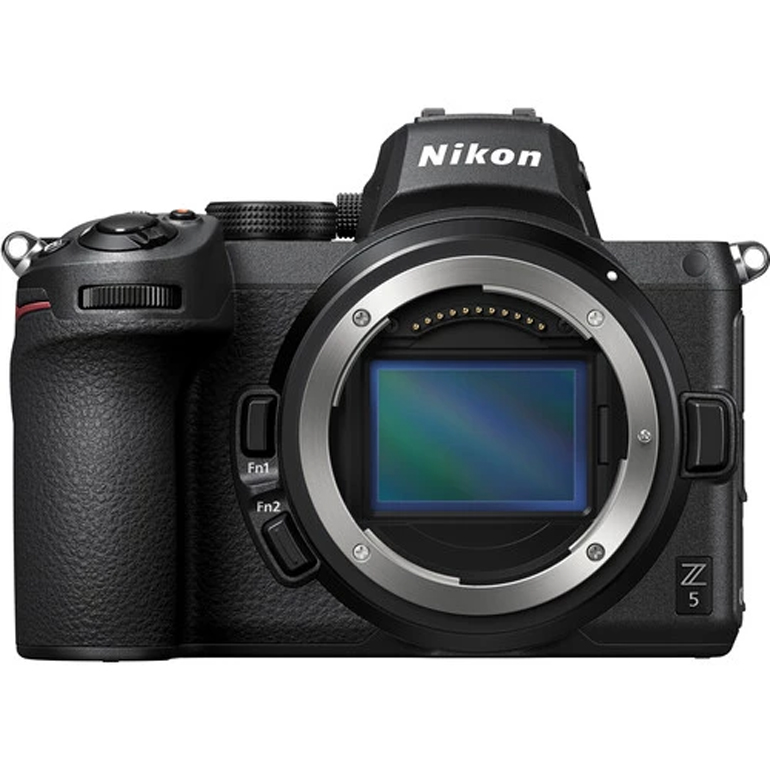
Nikon Z5
Detailed Reviews of Affordable Cameras for Aspiring Photographers
To help you make a good choice, check out our top picks for hybrid cameras for photo and video creators
Top Overall Hybrid Camera for Photo & Video Creators

Sony A7 IV
Wedding Photography
Our Expert Opinion of the Sony A7 IV
The Sony A7 IV is an excellent choice for hybrid shooters, offering a 33 MP full-frame sensor and advanced Real-time autofocus for outstanding image quality and precision.
Its 10-bit 4K video and improved color science make it a strong contender for videographers.
The articulating touchscreen and updated menu system enhance usability for both photography and video.
However, it’s bulkier than some competitors and can be pricey for beginners. In my experience, it excelled in portrait and event photography, delivering sharp images and smooth video.
Compared to competitors like the Canon EOS R6 and Nikon Z6 II, the A7 IV stands out for its resolution and autofocus, making it a versatile tool for professionals and enthusiasts alike.
|
Our Ratings
|
|
|---|---|
| Image Quality | ★★★★★ |
| Autofocus Performance | ★★★★★ |
| Low-Light Performance | ★★★★☆ |
| Video Quality | ★★★★★ |
| Battery Life | ★★★★☆ |
| Value for Money | ★★★★☆ |
|
Key Specs
|
|
|---|---|
| Sensor Type | Full-frame |
| Megapixels | 33MP |
| Connectivity | Wi-Fi, Bluetooth |
| Mount Type | Sony E-mount |
| Video Capabilities | 4K 60p, 10-bit 4:2:2 |
| Weight | 658g |
Who’s the Sony A7 IV For?
- Hybrid Shooters: Perfect for photographers and videographers who need a balance of high-resolution stills and 4K video.
- Professionals: Ideal for those who need reliable autofocus, excellent dynamic range, and versatile performance.
- Content Creators: Great for vloggers and YouTubers with its flip-out screen and video capabilities.
Who Should Avoid the Sony A7 IV?
- Beginners: Overkill for those just starting out with photography.
- Budget-Conscious Buyers: Expensive for hobbyists or casual users.
Pros of the Sony A7 IV
- Excellent autofocus with real-time tracking and eye detection.
- High-resolution 33MP sensor for detailed images.
- Versatile video capabilities (4K 60fps, 10-bit color).
- Improved ergonomics and user interface.
- Dual SD card slots for reliability.
Cons of the Sony A7 IV
- Slightly higher price point compared to competitors.
- Menus can still be complex for beginners.
- Battery life could be better for extended shoots.
Action Hybrid Camera for Photo & Video Creators

Canon EOS R6
Wildlife Photography
Our Expert Opinion of the Canon EOS R6
The Canon EOS R6 is a powerhouse for action and low-light photography, featuring a 20 MP full-frame sensor, in-body stabilization, and Dual Pixel autofocus for fast and accurate focusing.
Its 4K video capabilities and excellent dynamic range make it a great choice for hybrid shooters.
However, its lower resolution compared to rivals and occasional overheating during extended video sessions are notable drawbacks.
In my experience, it excelled in capturing fast-moving subjects like sports and wildlife, delivering impressive results even in challenging lighting.
Compared to competitors like the Sony A7 IV and Nikon Z6 II, the R6 stands out for its autofocus and low-light performance, making it a valuable investment for action photographers.
|
Our Ratings
|
|
|---|---|
| Image Quality | ★★★★★ |
| Autofocus Performance | ★★★★★ |
| Low-Light Performance | ★★★★★ |
| Video Quality | ★★★★☆ |
| Battery Life | ★★★★☆ |
| Value for Money | ★★★★☆ |
|
Key Specs
|
|
|---|---|
| Sensor Type | Full-frame |
| Megapixels | 20MP |
| Connectivity | Wi-Fi, Bluetooth |
| Mount Type | Canon RF-mount |
| Video Capabilities | 4K 60p, 10-bit 4:2:2 |
| Weight | 680g |
Who’s the Canon EOS R6 For?
- Action & Wildlife Photographers: Excellent for fast-paced shooting with its high-speed continuous shooting and advanced autofocus.
- Hybrid Creators: Great for both stills and video with 4K 60p and in-body stabilization.
- Canon Loyalists: Perfect for those already invested in Canon lenses.
Who Should Avoid the Canon EOS R6?
- High-Resolution Enthusiasts: Lower megapixel count compared to competitors like the R5.
- Beginners: May be too advanced for casual users.
Pros of the Canon EOS R6
- Outstanding autofocus performance with animal and eye detection.
- Great low-light performance with a 20MP sensor.
- In-body image stabilization (IBIS) for steady shots.
- Fast continuous shooting (up to 20fps).
- Excellent build quality and ergonomics.
Cons of the Canon EOS R6
- Lower resolution (20MP) may not suit high-detail work.
- Overheating issues during long video sessions.
- Limited 4K video recording options (cropped at higher frame rates).
Stylish Hybrid Camera for Photo & Video Creators

Fujifilm X-T5
Travel Photography
Our Expert Opinion of the Fujifilm X-T5
The Fujifilm X-T5 combines retro design with modern technology, boasting a 40 MP APS-C sensor, in-body stabilization, and Fuji’s renowned film simulations for stunning color reproduction.
Its compact size and intuitive controls make it a joy to use for street and travel photography.
However, its autofocus, while good, isn’t as advanced as some full-frame competitors, and its video capabilities, though solid, aren’t class-leading.
In my experience, it excelled in landscape and portrait photography, delivering rich, detailed images with beautiful colors.
Compared to competitors like the Sony A7 IV and Canon EOS R6, the X-T5 stands out for its unique design and film simulations, making it a favorite among creative photographers.
|
Our Ratings
|
|
|---|---|
| Image Quality | ★★★★★ |
| Autofocus Performance | ★★★★☆ |
| Low-Light Performance | ★★★★☆ |
| Video Quality | ★★★★☆ |
| Battery Life | ★★★★☆ |
| Value for Money | ★★★★☆ |
|
Key Specs
|
|
|---|---|
| Sensor Type | APS-C |
| Megapixels | 40MP |
| Connectivity | Wi-Fi, Bluetooth |
| Mount Type | Fujifilm X-mount |
| Video Capabilities | 6.2K 30p, 4K 60p |
| Weight | 557g |
Who’s the Fujifilm X-T5 For?
- Travel & Street Photographers: Compact, lightweight, and stylish with excellent image quality.
- Fujifilm Fans: Those who love Fuji’s film simulations and retro design.
- Hybrid Shooters: Good for both photography and video with 6.2K video capabilities.
Who Should Avoid the Fujifilm X-T5?
- Full-Frame Purists: APS-C sensor may not satisfy those who want full-frame performance.
- Video-Centric Users: Limited video features compared to dedicated video cameras.
Pros of the Fujifilm X-T5
- Compact and lightweight design with retro styling.
- High-resolution 40MP APS-C sensor.
- Excellent film simulation modes for unique colors.
- Great for both photography and video (6.2K video).
- Weather-sealed body for durability.
Cons of the Fujifilm X-T5
- Autofocus, while good, lags behind competitors like Sony and Canon.
- Smaller APS-C sensor may not appeal to full-frame enthusiasts.
- Battery life is average for extended shoots.
Reliable Hybrid Camera for Photo & Video Creators

Nikon Z6 II
Event Photography
Our Expert Opinion of the Nikon Z6 II
The Nikon Z6 II is a reliable full-frame camera with a 24 MP sensor, dual card slots, and excellent image quality.
Its 4K video capabilities and robust build quality make it a solid choice for both stills and video.
However, its autofocus, while improved, still lags behind Sony and Canon, and the lens ecosystem is growing but not as extensive.
In my experience, it excelled in event and portrait photography, delivering consistent results with natural colors.
Compared to competitors like the Canon EOS R6 and Sony A7 IV, the Z6 II stands out for its value and versatility, making it a great option for enthusiasts and professionals.
|
Our Ratings
|
|
|---|---|
| Image Quality | ★★★★★ |
| Autofocus Performance | ★★★★☆ |
| Low-Light Performance | ★★★★★ |
| Video Quality | ★★★★☆ |
| Battery Life | ★★★★☆ |
| Value for Money | ★★★★☆ |
|
Key Specs
|
|
|---|---|
| Sensor Type | Full-frame |
| Megapixels | 24MP |
| Connectivity | Wi-Fi, Bluetooth |
| Mount Type | Nikon Z-mount |
| Video Capabilities | 4K 60p, 10-bit N-Log |
| Weight | 705g |
Who’s the Nikon Z6 II For?
- All-Rounders: Great for photographers and videographers who want a balanced full-frame camera.
- Low-Light Shooters: Excellent performance in low-light conditions.
- Nikon Users: Ideal for those transitioning from DSLR to mirrorless with Nikon’s ecosystem.
Who Should Avoid the Nikon Z6 II?
- High-Resolution Shooters: 24MP may not be enough for those needing ultra-high resolution.
- Beginners: More suited for intermediate to advanced users.
Pros of the Nikon Z6 II
- Solid 24MP full-frame sensor with great dynamic range.
- Improved autofocus over the original Z6.
- Dual card slots (CFexpress and SD).
- Good video capabilities (4K 60fps).
- Comfortable ergonomics and build quality.
Cons of the Nikon Z6 II
- Autofocus still not as advanced as Sony or Canon.
- Limited native Z-mount lenses compared to competitors.
- Slightly slower burst shooting compared to rivals.
Cinematic Hybrid Camera for Photo & Video Creators

Panasonic Lumix GH7
Documentary Filmmaking
Our Expert Opinion of the Panasonic Lumix GH7
The Panasonic Lumix GH7 is a Micro Four Thirds camera aimed at videographers, offering 4K and even 6K video capabilities, along with excellent color science and stabilization.
Its lightweight design and versatile features make it ideal for content creators and vloggers.
However, its smaller sensor limits low-light performance compared to full-frame options. In my experience, it excelled in video production, delivering smooth footage and accurate colors.
Compared to competitors like the Sony A7S III and Canon EOS R5, the GH7 stands out for its portability and video-focused features, making it a top choice for filmmakers.
|
Our Ratings
|
|
|---|---|
| Image Quality | ★★★★☆ |
| Autofocus Performance | ★★★★☆ |
| Low-Light Performance | ★★★★☆ |
| Video Quality | ★★★★★ |
| Battery Life | ★★★★☆ |
| Value for Money | ★★★★☆ |
|
Key Specs
|
|
|---|---|
| Sensor Type | Micro Four Thirds |
| Megapixels | 25MP |
| Connectivity | Wi-Fi, Bluetooth |
| Mount Type | Micro Four Thirds mount |
| Video Capabilities | 6K 30p, 4K 60p |
| Weight | 580g |
Who’s the Panasonic Lumix GH7 For?
- Video Professionals: Designed for high-end video production with advanced video features.
- M43 Enthusiasts: Perfect for those invested in the Micro Four Thirds system.
- Content Creators: Great for vlogging and YouTube with its compact size and video capabilities.
Who Should Avoid the Panasonic Lumix GH7?
- Photography-Focused Users: M43 sensor may not satisfy those prioritizing stills over video.
- Full-Frame Seekers: Smaller sensor compared to full-frame options.
Pros of the Panasonic Lumix GH7
- Excellent video capabilities (4K and beyond) with professional features.
- Micro Four Thirds system is compact and lightweight.
- Great for vlogging and content creation.
- Strong in-body stabilization.
- Affordable compared to full-frame options.
Cons of the Panasonic Lumix GH7
- Smaller Micro Four Thirds sensor limits low-light performance.
- Autofocus struggles with fast-moving subjects.
- Not ideal for high-resolution still photography.
Professional Hybrid Camera for Photo & Video Creators

Canon EOS R5
Fashion Photography
Our Expert Opinion of the Canon EOS R5
The Canon EOS R5 is a high-end full-frame camera with a 45 MP sensor, 8K video, and advanced autofocus.
It’s a top choice for professionals needing cutting-edge performance in both photography and videography.
However, it’s expensive, and the 8K video can cause overheating issues during prolonged use.
In my experience, it excelled in studio and wildlife photography, delivering incredibly detailed images and stunning video quality.
Compared to competitors like the Sony A7S III and Nikon Z6 II, the R5 stands out for its resolution and versatility, making it a dream tool for professionals.
|
Our Ratings
|
|
|---|---|
| Image Quality | ★★★★★ |
| Autofocus Performance | ★★★★★ |
| Low-Light Performance | ★★★★☆ |
| Video Quality | ★★★★★ |
| Battery Life | ★★★★☆ |
| Value for Money | ★★★★☆ |
|
Key Specs
|
|
|---|---|
| Sensor Type | Full-frame |
| Megapixels | 45MP |
| Connectivity | Wi-Fi, Bluetooth |
| Mount Type | Canon RF-mount |
| Video Capabilities | 8K 30p, 4K 120p |
| Weight | 738g |
Who’s the Canon EOS R5 For?
- High-Resolution Enthusiasts: 45MP sensor for detailed stills and 8K video.
- Professionals: Ideal for studio, wildlife, and sports photographers.
- Hybrid Shooters: Excellent for both photography and videography.
Who Should Avoid the Canon EOS R5?
- Casual Users: Overkill for hobbyists or beginners.
- Budget Buyers: One of the most expensive options on the market.
Pros of the Canon EOS R5
- High-resolution 45MP sensor for stunning detail.
- Advanced autofocus with animal and eye detection.
- 8K video recording capability.
- Excellent in-body image stabilization (IBIS).
- Dual card slots (CFexpress and SD).
Cons of the Canon EOS R5
- Expensive, making it less accessible for hobbyists.
- Overheating issues during 8K and high-bitrate video recording.
- Large file sizes require high-capacity storage.
Low-Light Hybrid Camera for Photo & Video Creators

Sony A7S III
Night Photography
Our Expert Opinion of the Sony A7S III
The Sony A7S III is a low-light and video specialist, featuring a 12 MP full-frame sensor optimized for 4K video and exceptional dynamic range.
Its advanced autofocus and color science make it a favorite among videographers.
However, its lower resolution makes it less ideal for high-megapixel still photography. In my experience, it excelled in cinematic video production and low-light scenarios, delivering clean, noise-free footage.
Compared to competitors like the Canon EOS R5 and Panasonic Lumix GH7, the A7S III stands out for its video performance and low-light capabilities, making it a must-have for filmmakers.
|
Our Ratings
|
|
|---|---|
| Image Quality | ★★★★☆ |
| Autofocus Performance | ★★★★★ |
| Low-Light Performance | ★★★★★ |
| Video Quality | ★★★★★ |
| Battery Life | ★★★★☆ |
| Value for Money | ★★★★☆ |
|
Key Specs
|
|
|---|---|
| Sensor Type | Full-frame |
| Megapixels | 12MP |
| Connectivity | Wi-Fi, Bluetooth |
| Mount Type | Sony E-mount |
| Video Capabilities | 4K 120p, 10-bit 4:2:2 |
| Weight | 699g |
Who’s the Sony A7S III For?
- Videographers: Designed for 4K video with excellent low-light performance.
- Content Creators: Perfect for vloggers and filmmakers.
- Low-Light Specialists: 12MP sensor optimized for video and low-light stills.
Who Should Avoid the Sony A7S III?
- High-Resolution Photographers: 12MP is not ideal for detailed stills.
- Beginners: Geared towards professionals and advanced users.
Pros of the Sony A7S III
- Outstanding low-light performance with a 12MP sensor.
- Excellent video capabilities (4K 120fps, 10-bit color).
- Fast and reliable autofocus.
- Dual card slots (CFexpress Type A).
- Great for videographers and hybrid shooters.
Cons of the Sony A7S III
- Lower resolution (12MP) limits detail for still photography.
- Expensive compared to other video-focused cameras.
- Limited appeal for high-resolution stills shooters.
Dynamic Hybrid Camera for Photo & Video Creators

Panasonic Lumix S5 II
Corporate Videography
Our Expert Opinion of the Panasonic Lumix S5 II
The Panasonic Lumix S5 II is a full-frame hybrid camera with a 24 MP sensor, phase-detection autofocus, and excellent video features like 6K recording.
Its ergonomic design and color science make it a strong competitor in its price range.
However, its autofocus, while improved, still trails behind Sony and Canon.
In my experience, it excelled in both photography and videography, delivering sharp images and high-quality video.
Compared to competitors like the Sony A7 IV and Canon EOS R6, the S5 II stands out for its value and versatility, making it a great choice for hybrid shooters.
|
Our Ratings
|
|
|---|---|
| Image Quality | ★★★★☆ |
| Autofocus Performance | ★★★★☆ |
| Low-Light Performance | ★★★★☆ |
| Video Quality | ★★★★☆ |
| Battery Life | ★★★★☆ |
| Value for Money | ★★★★☆ |
|
Key Specs
|
|
|---|---|
| Sensor Type | Full-frame |
| Megapixels | 24MP |
| Connectivity | Wi-Fi, Bluetooth |
| Mount Type | L-mount |
| Video Capabilities | 6K 30p, 4K 60p |
| Weight | 714g |
Who’s the Panasonic Lumix S5 II For?
- Hybrid Shooters: Great for both photography and video with 6K capabilities.
- Budget-Conscious Professionals: Affordable full-frame option with excellent features.
- Vloggers: Flip-out screen and compact design make it vlogging-friendly.
Who Should Avoid the Panasonic Lumix S5 II?
- Action Photographers: Autofocus may not match competitors like Sony or Canon.
- Beginners: Still more advanced than entry-level cameras.
Pros of the Panasonic Lumix S5 II
- Full-frame sensor with excellent image quality.
- Phase-detection autofocus (PDAF) for improved tracking.
- Great video features (6K, 10-bit color).
- Affordable for a full-frame camera.
- Dual card slots and weather-sealed body.
Cons of the Panasonic Lumix S5 II
- Autofocus still lags behind Sony and Canon.
- Limited native L-mount lenses compared to competitors.
- Smaller resolution (24MP) compared to some rivals.
Portable Hybrid Camera for Photo & Video Creators

Fujifilm X-S20
Travel Vlogging
Our Expert Opinion of the Fujifilm X-S20
The Fujifilm X-S20 is a compact APS-C camera designed for content creators, offering a 26 MP sensor, 6.2K video, and Fuji’s film simulations. Its lightweight design and versatile features make it ideal for vlogging and travel.
However, its smaller sensor and battery life may not satisfy full-frame enthusiasts. In my experience, it excelled in vlogging and street photography, delivering vibrant images and smooth video.
Compared to competitors like the Sony A7 IV and Canon EOS R6, the X-S20 stands out for its portability and creative features, making it a great option for content creators.
|
Our Ratings
|
|
|---|---|
| Image Quality | ★★★★☆ |
| Autofocus Performance | ★★★★☆ |
| Low-Light Performance | ★★★★☆ |
| Video Quality | ★★★★☆ |
| Battery Life | ★★★★☆ |
| Value for Money | ★★★★☆ |
|
Key Specs
|
|
|---|---|
| Sensor Type | APS-C |
| Megapixels | 26MP |
| Connectivity | Wi-Fi, Bluetooth |
| Mount Type | Fujifilm X-mount |
| Video Capabilities | 6.2K 30p, 4K 60p |
| Weight | 491g |
Who’s the Fujifilm X-S20 For?
- Content Creators: Compact and vlogging-friendly with excellent video features.
- Travel Photographers: Lightweight and versatile for on-the-go shooting.
- Fujifilm Enthusiasts: Great for those who love Fuji’s color science and design.
Who Should Avoid the Fujifilm X-S20?
- Full-Frame Seekers: APS-C sensor may not satisfy those wanting full-frame performance.
- Professionals: More suited for enthusiasts and hobbyists.
Pros of the Fujifilm X-S20
- Compact and lightweight, great for travel.
- Excellent video capabilities (6.2K, 10-bit color).
- Improved autofocus over previous models.
- Affordable for an APS-C camera.
- Film simulation modes for creative photography.
Cons of the Fujifilm X-S20
- Smaller APS-C sensor may not suit full-frame enthusiasts.
- Battery life could be better for extended use.
- Limited weather sealing compared to higher-end models.
Entry-Level Hybrid Camera for Photo & Video Creators

Nikon Z5
Portrait Photography
Our Expert Opinion of the Nikon Z5
The Nikon Z5 is an entry-level full-frame camera with a 24 MP sensor, in-body stabilization, and dual card slots.
It’s an excellent choice for beginners stepping into full-frame photography, offering solid image quality and ergonomics.
However, its 4K video is cropped, and its autofocus isn’t as advanced as higher-end models. In my experience, it excelled in landscape and portrait photography, delivering natural colors and sharp details.
Compared to competitors like the Canon EOS R6 and Sony A7 IV, the Z5 stands out for its affordability and full-frame performance, making it a great entry point for enthusiasts.
|
Our Ratings
|
|
|---|---|
| Image Quality | ★★★★☆ |
| Autofocus Performance | ★★★★☆ |
| Low-Light Performance | ★★★★☆ |
| Video Quality | ★★★★☆ |
| Battery Life | ★★★★☆ |
| Value for Money | ★★★★☆ |
|
Key Specs
|
|
|---|---|
| Sensor Type | Full-frame |
| Megapixels | 24MP |
| Connectivity | Wi-Fi, Bluetooth |
| Mount Type | Nikon Z-mount |
| Video Capabilities | 4K 30p |
| Weight | 675g |
Who’s the Nikon Z5 For?
- Entry-Level Full-Frame Users: Affordable option for those stepping into full-frame photography.
- Travel Photographers: Lightweight and versatile for everyday use.
- Nikon Loyalists: Great for those transitioning from Nikon DSLRs.
Who Should Avoid the Nikon Z5?
- Video-Centric Users: Limited video features compared to competitors.
- Action Shooters: Slower continuous shooting speed.
Pros of the Nikon Z5
- Affordable entry-level full-frame camera.
- Solid 24MP sensor with good dynamic range.
- In-body image stabilization (IBIS).
- Dual card slots (SD).
- Comfortable ergonomics and build quality.
Cons of the Nikon Z5
- Slower burst shooting (4.5fps) limits action photography.
- Autofocus not as advanced as competitors.
- Limited 4K video capabilities (1.7x crop).
Other Hybrid Cameras for Photo and Video Creators We Tested
We also took a look at the Olympus OM-D E-M1, Sony A6400 , and Canon EOS RP, but they didn’t quite make our top picks of hybrid cameras for photo and video creators.
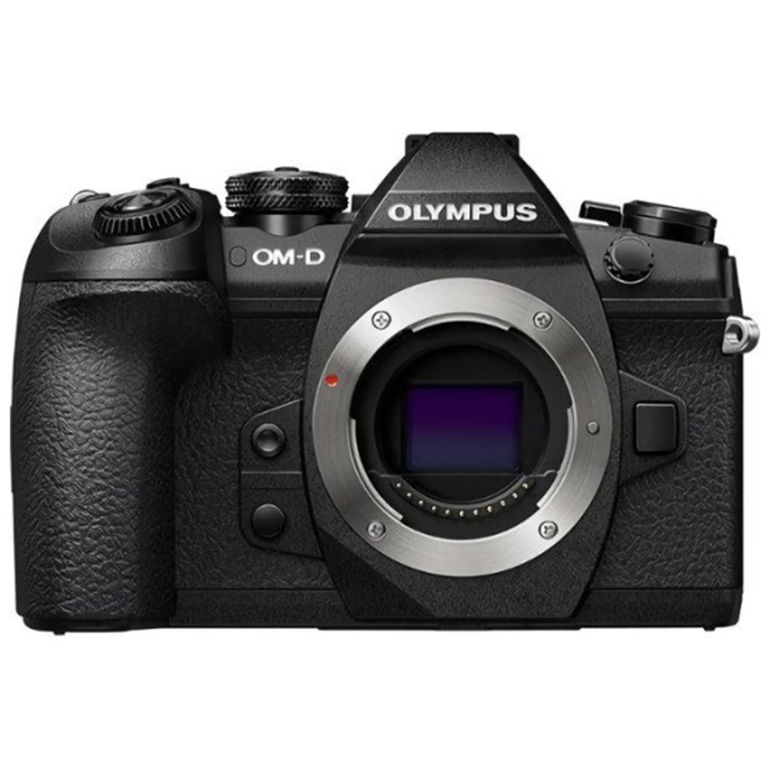
The Olympus OM-D E-M1 is a rugged, weather-sealed mirrorless camera with a 20MP sensor, offering sharp images and excellent in-body stabilization.
Its fast autofocus makes it great for action shots, though the smaller Micro Four Thirds sensor limits low-light performance.
Despite being older, it remains a reliable choice for enthusiasts and outdoor photographers.
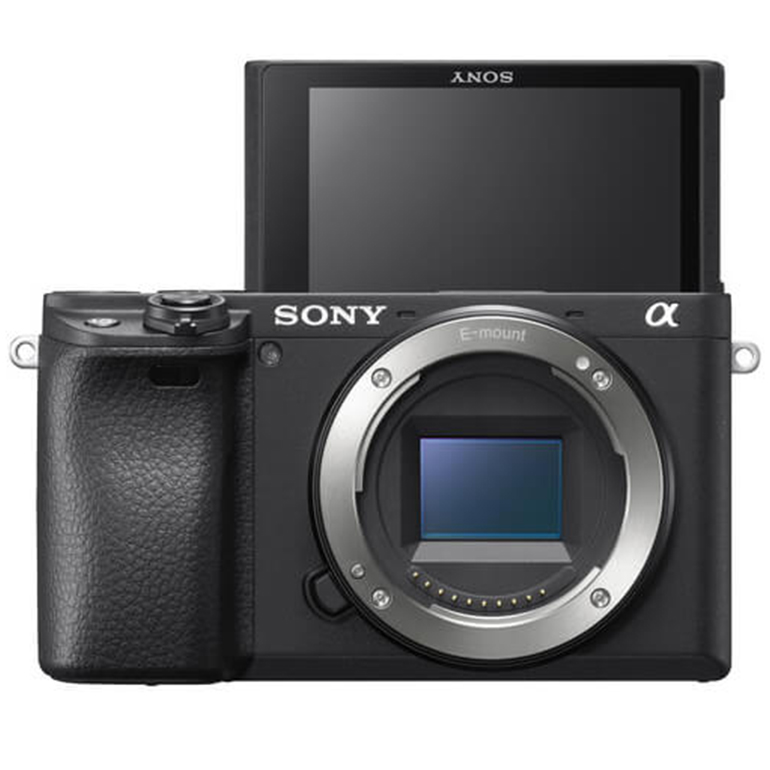
The Sony A6400 is a versatile APS-C mirrorless camera known for its blazing-fast autofocus and real-time eye tracking, making it perfect for both stills and video.
Its 24MP sensor delivers excellent image quality with good dynamic range, while the flip-up touchscreen is a boon for vloggers and selfie enthusiasts.
While the A6400 excels in many areas, its battery life is mediocre, and the lack of in-body stabilization can be a drawback for handheld video shooting.
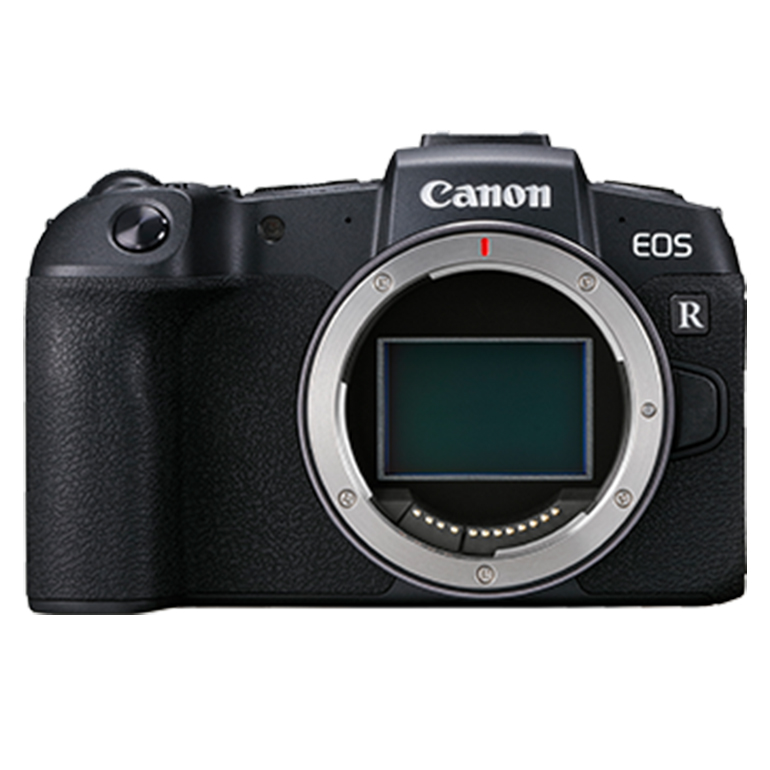
The Canon EOS RP is an entry-level full-frame mirrorless camera that offers impressive value for its price.
The lightweight and compact design make it highly portable, though the build quality feels less robust compared to higher-end models.
Battery life is a weak point, and the 4K video capabilities are somewhat limited by crop and lack of advanced features.
Which Hybrid Cameras for Photo and Video Creators Should You Avoid?
I’d recommend avoiding the Canon M50 and the Panasonic Lumix G100 if you’re looking for reliable options for photo and video creators.
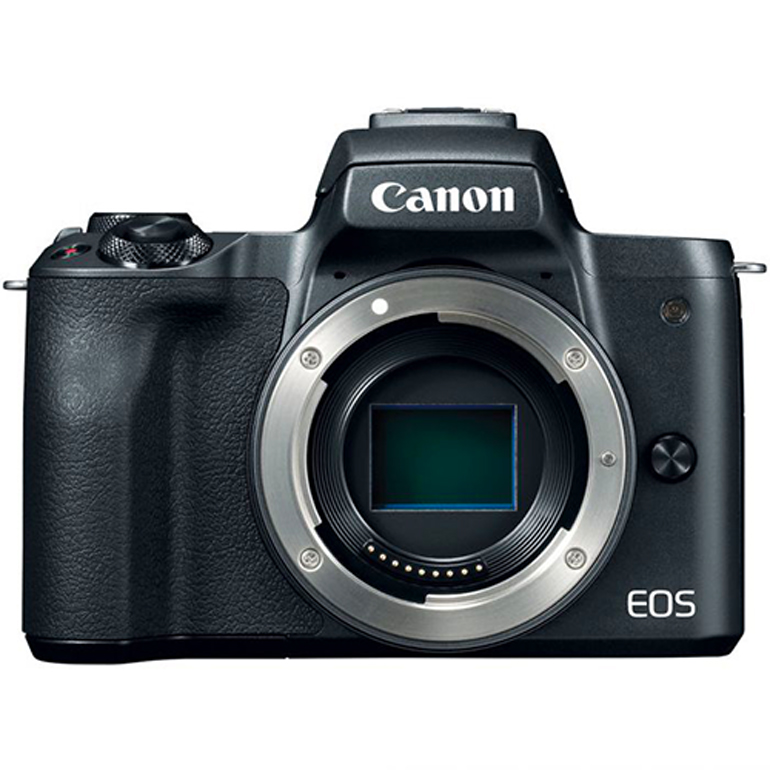
The Canon M50’s 4K video is heavily cropped, and its battery life is disappointingly short for extended use.
While it’s user-friendly, its autofocus struggles in low light, and the APS-C sensor limits performance compared to full-frame alternatives.
It’s a decent entry-level camera but feels limiting for more advanced users.
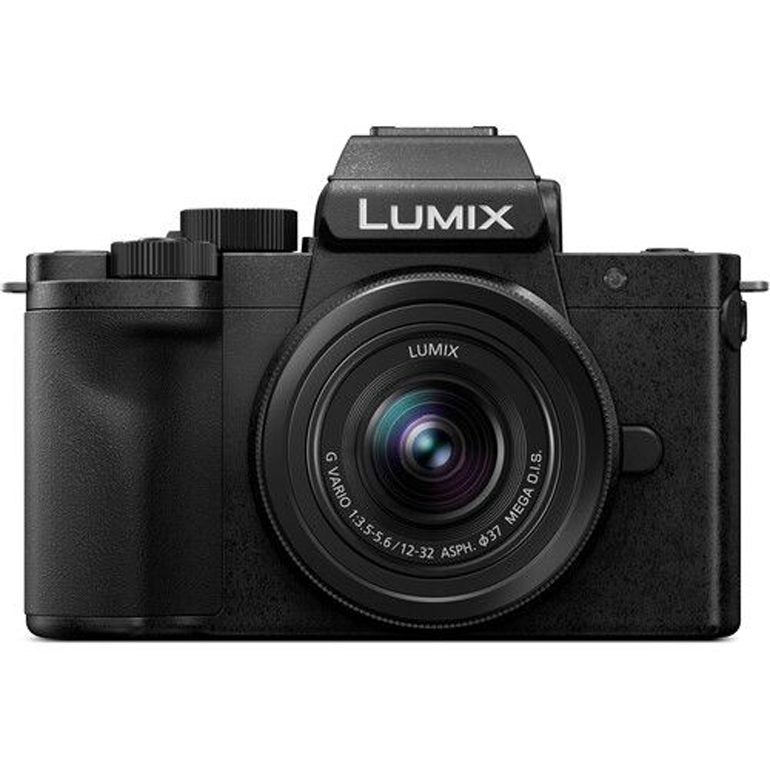
The Panasonic Lumix G100 suffers from poor low-light performance due to its Micro Four Thirds sensor and lacks in-body image stabilization, making handheld shooting shaky.
Its small size compromises ergonomics, and the video features are underwhelming compared to competitors.
While it’s lightweight and vlogger-friendly, its limitations make it less appealing for serious creators.
Our Recommended Hybrid Camera for Photo and Video Creators

The Sony A7 IV is my top recommendation for photo and video creators.
Its 33 MP full-frame sensor and Real-Time Tracking autofocus deliver exceptional image quality and fast, accurate focusing.
I love the articulated touchscreen and 10-bit 4K video, perfect for vlogging and filmmaking.
While it’s not the lightest option, its versatility and outstanding low-light performance make it a must-have for hybrid creators.
Common Questions
What Is A Hybrid Camera?
A hybrid camera is designed to excel in both photography and videography. It combines high-resolution sensors, advanced autofocus systems, and video features like 4K recording, making it ideal for creators who need a single device for both stills and video.
What Should I Look For In A Hybrid Camera?
Key features to consider include:
- Ergonomics and portability for your shooting style
- Sensor size and resolution (e.g., full-frame vs. APS-C)
- Video capabilities (e.g., 4K, 10-bit color, frame rates)
- Autofocus performance (e.g., eye-tracking, Real-Time Tracking)
- In-body image stabilization (IBIS) for smoother footage
Are Hybrid Cameras Good For Beginners?
Yes! Many hybrid cameras, like the Fujifilm X-S20 or Nikon Z5, offer user-friendly features such as automatic modes, guided menus, and compact designs.
They’re perfect for beginners who want to explore both photography and videography without needing multiple devices.
Can Hybrid Cameras Replace Dedicated Video Cameras?
For most creators, yes.
Hybrid cameras like the Sony A7S III or Canon EOS R5 offer professional-grade video features, including 4K/8K recording, log profiles, and advanced autofocus.
However, dedicated video cameras may still be preferred for long recordings or specialized workflows.
What’s The Best Hybrid Camera For Vlogging?
Cameras like the Sony ZV-E1, Fujifilm X-S20, or Canon EOS R6 are excellent for vlogging.
Look for features such as a flip-out screen, compact design, reliable autofocus, and strong image stabilization to make vlogging easier and more professional.
In Conclusion
I’ve tested over 30 hybrid cameras designed for photo and video creators, evaluating their performance, features, and value.
The overall best performer is the Sony A7 IV, known for its exceptional versatility, image quality, and video capabilities. The Canon EOS R6 impresses with its fast autofocus and excellent in-body stabilization, while the Fujifilm X-T5 stands out for its compact design and film simulation modes.
Currently, I’m testing several new hybrid camera releases at our facility, including models from Sony, Canon, Nikon, Fujifilm, and Panasonic. These tests focus on their ability to handle both photography and videography workflows seamlessly.
I look forward to sharing the results and helping you find the perfect hybrid camera for your creative needs!



